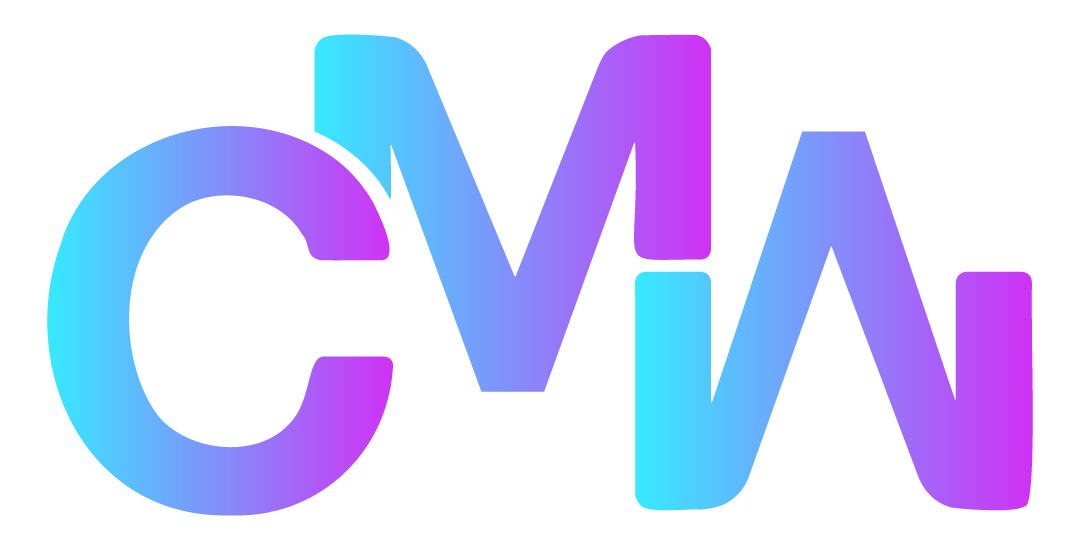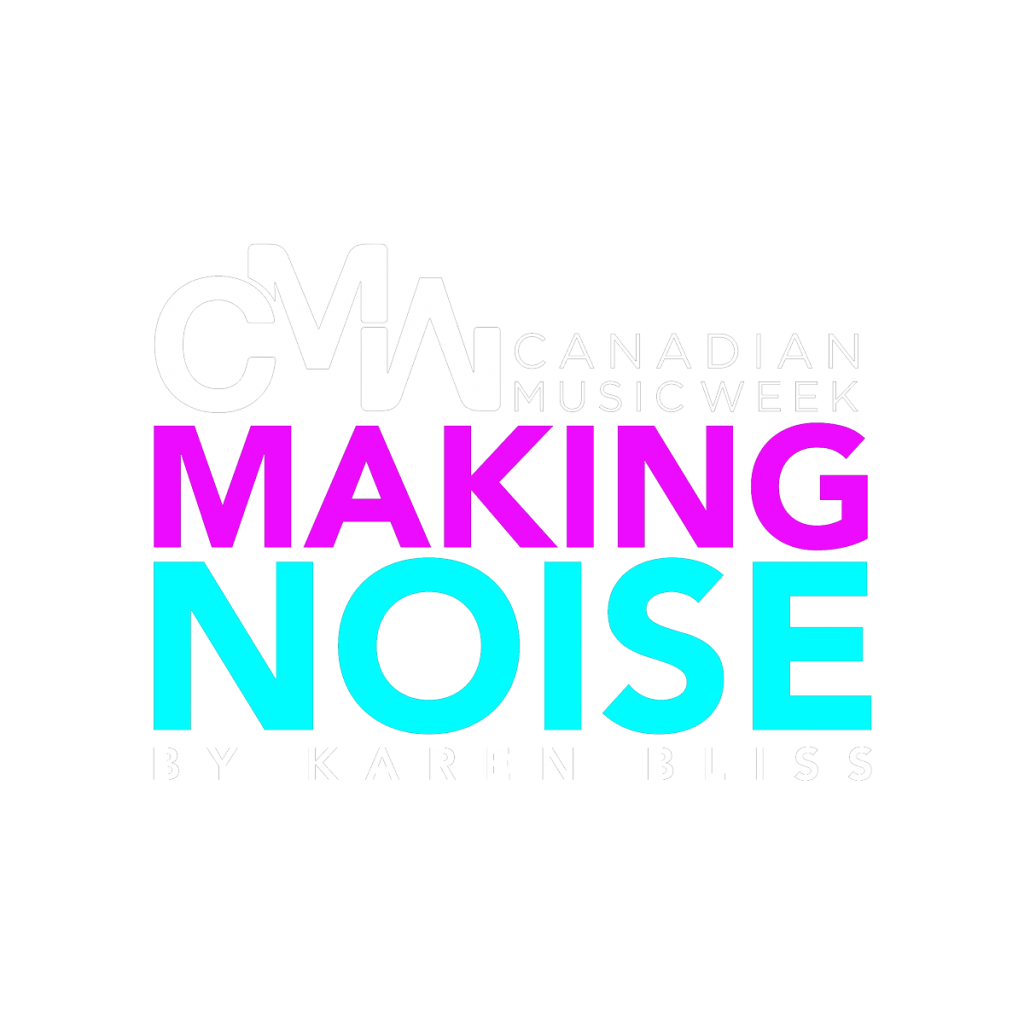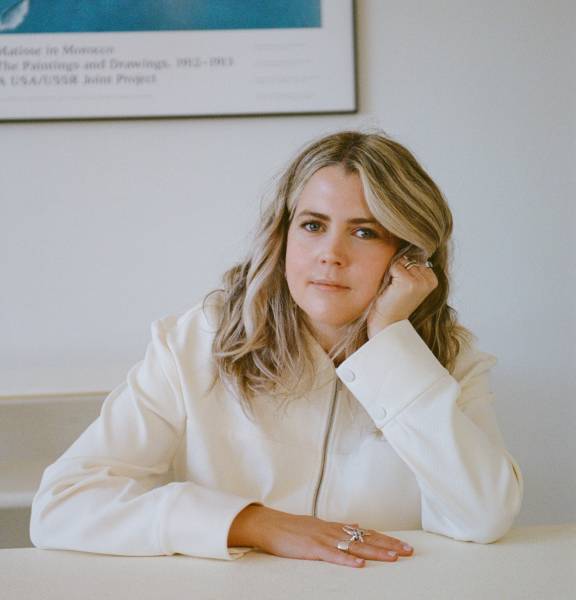BY KAREN BLISS
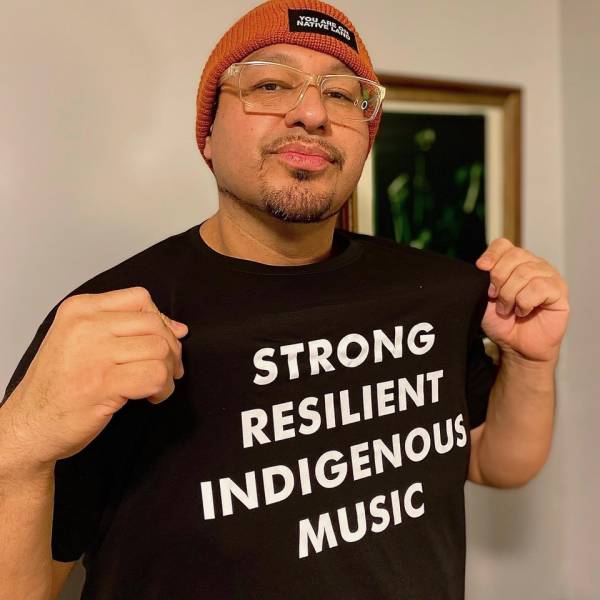
Vancouver-based Curtis ClearSky, a long-time musician and frontman for his own band Curtis Clear Sky and the Constellationz, is the newly appointed executive director of the brand new national Indigenous Music Office (IMO).
A National Indigenous Music Impact Study, conducted in 2019, revealed that Indigenous music contributed almost $78 million to the Canadian economy.
The press release issued to announced ClearSky’s appointment says the IMO is “dedicated to building a national Indigenous music ecosystem. The IMO was established with a mandate to undertake advocacy, capacity building and to support industry growth for Indigenous musicians. The IMO will uphold Indigenous narrative, music sovereignty and protocols in the music industry. With a focus on leadership through dialogue, the Indigenous Music Office will provide a national voice for the Indigenous-owned music industry in Canada.”
The organization’s new web site is still in development, but the old one — in place to help in the creation of the organization — has information on the need for the IMO’s creation, including the Indigenous Music Strategy and the 10-person national advisory council.
“Indigenous musicians make a significant contribution to the Canadian music landscape, but there remain several systemic issues that are keeping Indigenous musicians from fully participating in the Canadian economy,” it reads. “The creation of an Indigenous Music office will allow for the advocacy, capacity building and development of relationships needed in order to grow the industry for Indigenous musicians.”
The current advisory board consists of Nicole Auger, Leela Gilday, Alan Greyeyes, ShoShona Kish and Amanda Rheaume.
ClearSky, who also managed his band, has also led the Indigenous Music Circle project in British Columbia, which provided professional development opportunities for Indigenous artists, and has been involved with social innovation business development, Indigenous food sovereignty, and youth harm reduction advocacy.
ClearSky spoke with Making Noise about his new role and how the IMO will work with other associations and businesses across the country.
The Indigenous Music Office was created after looking at some extensive studies, one by APTN [2019’s National Indigenous Music Impact Study] and one by The Indigenous Music Alliance (IMA) in 2021 [Building The Indigenous Music Industry and Developing An Indigenous Music Office].
Yes, there’s several studies on the national impact of the Indigenous music industry, as well as by France Trépanier and Chris Creighton-Kelly who had also done research and a study [2011’s Understanding Aboriginal Arts for the Canada Council for the Arts] to verify and it reinforced the same statistics in and around the future of, not only music but film and all other areas and sectors of arts, overall, in the country. Economically, we’re growing. We’re the future. Our presence is going to be very visible.

What was in place before the Indigenous Music Office?
There’s been multiple different organizations and individuals who’ve been involved in developing the Indigenous music industry over a number of years. More recently is the Indigenous Music Advisory. They’re a group of Indigenous artists who have been putting this together in the last few years, but there has been a number of individuals over the years as well. Elaine Bomberry is one of those individuals, who has been a champion of Indigenous music and involved in highlighting Indigenous artists.
When artists like Kashtin and Susan Aglukark first started making music and were doing exceptionally well commercially in 80s and 90s, what wasn’t in place to aid them?
There’s been a lot of amazing artists over the years. Talent has never been an issue. The talent has been there; the storytelling, the culture, the narratives have always been there for sure, Kashtin, and further back, beyond. In terms of development, we simultaneously have been meeting our development collectively, and individually in our various communities and territories. What really is the case is the social development within the country. Simply put, it is in and around the social atmosphere around the relationship between Indigenous and non-Indigenous people in Canada, and where Indigenous people have been fighting for our affirmation of recognition in our own sovereignty, as people from our continent and our lands, and those who have been recognizing us as allies within the country. I think the allyship has increased from the non-Indigenous community. That’s one of the progressive developments. And that’s a great momentum.
How will the Indigenous Music Office work with provincial music offices like Music Ontario, Music BC Manitoba Music, as well as national, with CIMA (The Canadian Independent Music Association)?
The organization is providing service as a national organization and developing relationships with the various Indigenous communities and our allies throughout the country, and will be enhancing those relationships on how we could further support, empower, elevate Indigenous musicians throughout the country.

This year, the very first Nunavut Music association launched. Because the Indigenous Music Office is national, are there or will you have any regional Indigenous music offices?
At the moment, we’re providing service as a national organization, but looking at supporting existing relationships within communities. So if there are Indigenous services within certain parts of the country in territories or provinces, absolutely. It’s about enhancing and supporting those existing initiatives at this time. Really, we’re establishing at this point.; the long-term development is still in discussion. Like, how are we going to further unravel this great work that we’re working towards? So, right now, recognizing there’s some great initiatives that are taking place out there, Indigenous Music at Manitoba Music, Creative BC, First Peoples’ Cultural Council and in Ontario, as well. Right now, it is enhancing and supporting existing initiatives. What does that look like in the future? Will we have an Indigenous music office within each province? That I can’t say, but if the community takes it there.
I realize the creation of the Indigenous Music Office is fresh and new, so my questions might not have answers yet or you might have a wish list. Will your advisory committee stay intact or were they just in place to help launch the office?
Absolutely. An advisory committee or group is vital to the direction and the outcome of the collective direction. So, it is bringing it back to having a council to discuss, collectively. There’s ongoing focuses that we are constantly looking at. It is required and needed. That brings it back to our cultural ways of discussing and collectively deciding, really coming together with a cultural focus to create our future outcomes.
The Indigenous Music Office is both for the business side and for artists?
Yes. We are strengthening and building relationships within the Indigenous music community as artists, arts professionals, as well as working with our allies throughout the country who are supporting Indigenous music and the bigger wider music industry. It is about working and building relationships and allyship within all the various sectors within the country.
So it’s not membership based?
That is definitely something for consideration, in terms of having members participate as individuals, yes, as Indigenous musicians.
That could be [makers of] traditional or popular music?
Yes, contemporary or traditional music.
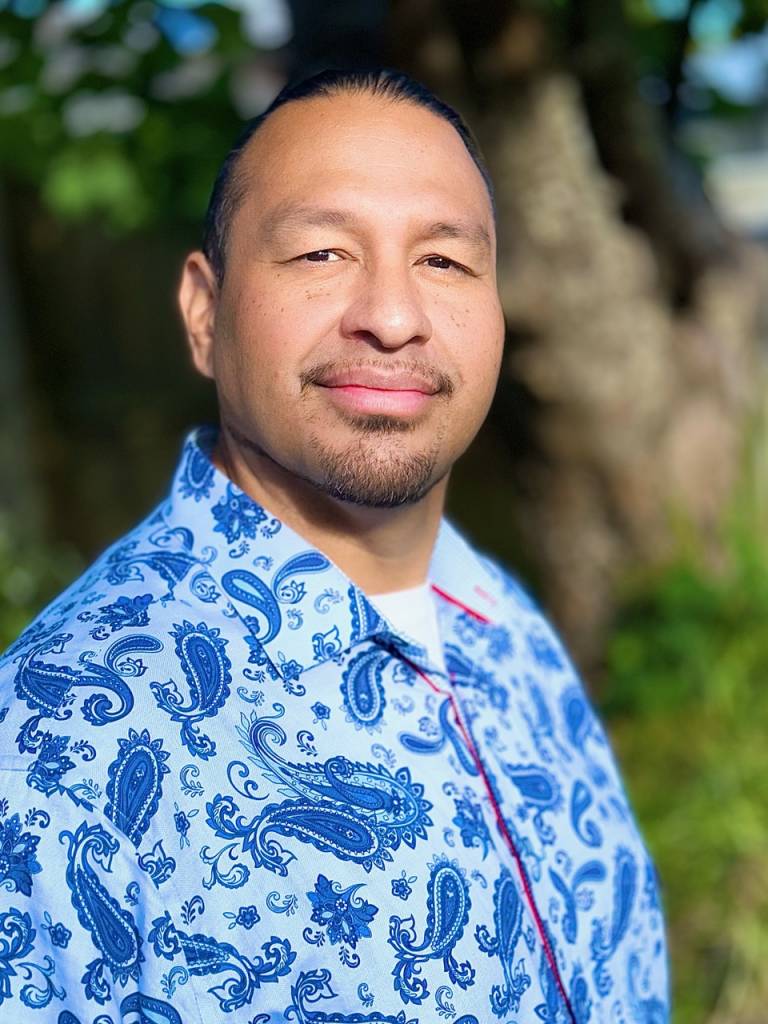
Obviously, there’s been a lot of talk lately, but would someone have to provide proof of their Indigenous status or heritage?
Yeah, we need to definitely have verification in authenticity. We need to ensure that we are serving the authentic Indigenous community. There’s definitely discussions going on around that, and how do we navigate and ensure that we are serving the community and creating that space for the people to be able to access and engage and be a part of, and protecting that space, for Indigenous people.
You’re a musician. You manage your own band, which is not easy. What are some of the things you wish you had or feel you need or are bringing into this fold, what you’re offering or what you’d like to see?
As an Indigenous artist, I’ve seen a lot of the areas and the gaps where there needs to be some relationships that need to be built within the non-Indigenous community. Looking at creating that inclusion, creating space for Indigenous people to participate in various sectors, whether it is radio, performance, licensing, there’s room for improvement and to increase Indigenous engagement in the wider music community.
Do you see a problem with the non-Indigenous industry looking through the lens of quotas, and not playing a song, for example, “because we’re already playing” so and so.
Well,. In addition to Indigenous peoples, the music industry is rapidly growing. The reality is Indigenous music is the future of music within the country and, definitely, is going to have a presence. And whether people are fulfilling quotas or any mandatory percentages, that is one thing, but, overall, Indigenous people are here, Indigenous people are present, Indigenous people are coming and we’re coming strong.
How would you like non-Indigenous sectors and individuals in the industry to help with your goals?
It’s looking at building the allyship and strengthening those relationships. It is coming together to understand the history of the country, understanding how things have come to be, bringing that awareness and what does that relationship look like. Indigenous people have been here for thousands and thousands of years, and we’re here.
Should they be contacting the Indigenous Music Office or doing the work on their own?
Every relationship is going to be different for whoever they may be contacting. It’s all relationship based, strengthening those relationships and investing quality time and spending that individual connection with whoever they may be connecting with. Overall, it’s about healing, love, raising the vibration, creating positive outcomes and healing Indigenous people. We’re resilient. We’ve gone through quite a bit, and, in the end, we’re about creating healthy outcomes. That’s the focus of the Indigenous Music Office is creating healthy outcomes, creating progress.
* main photo, top, credit: Doug Thomas
